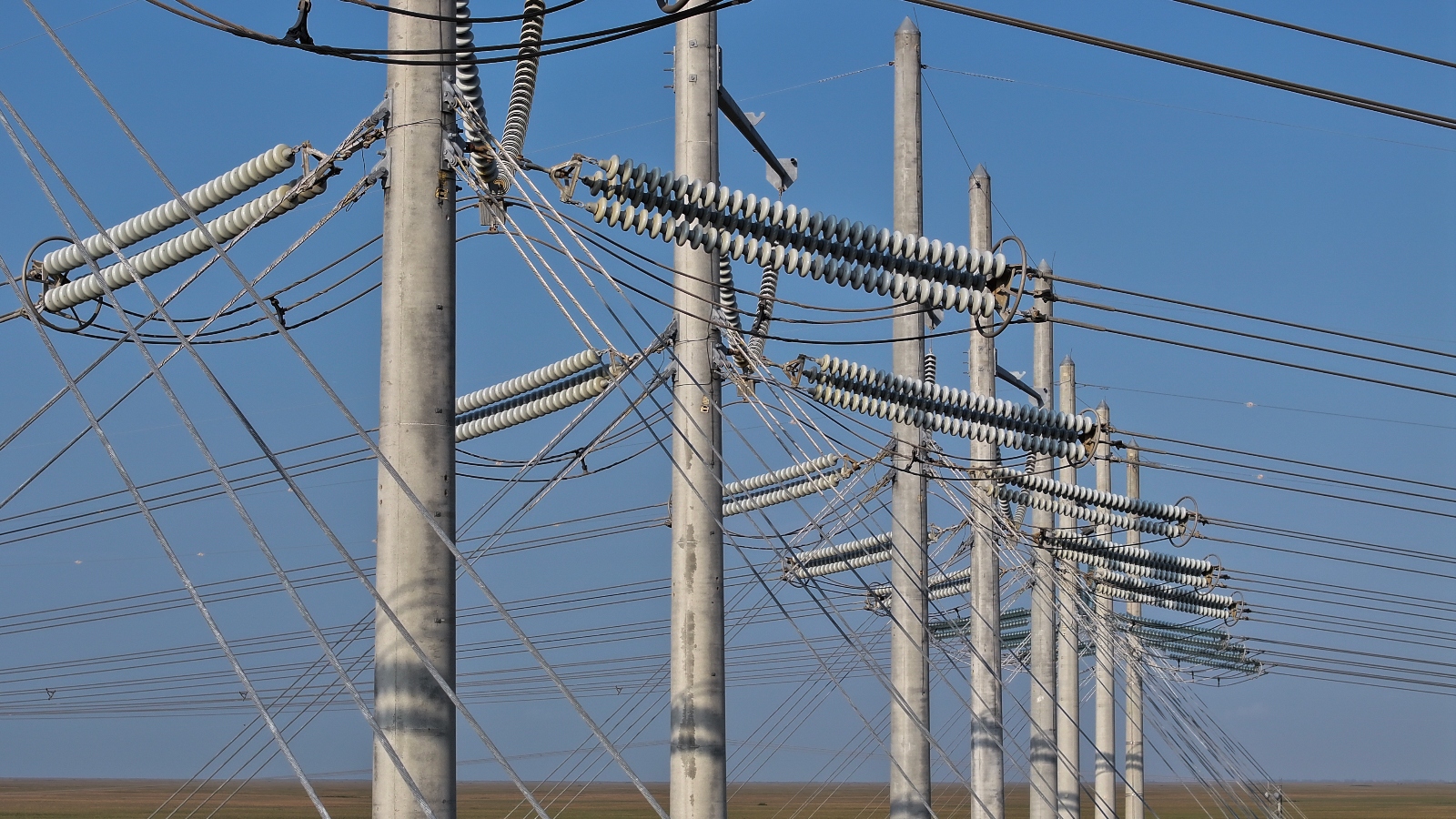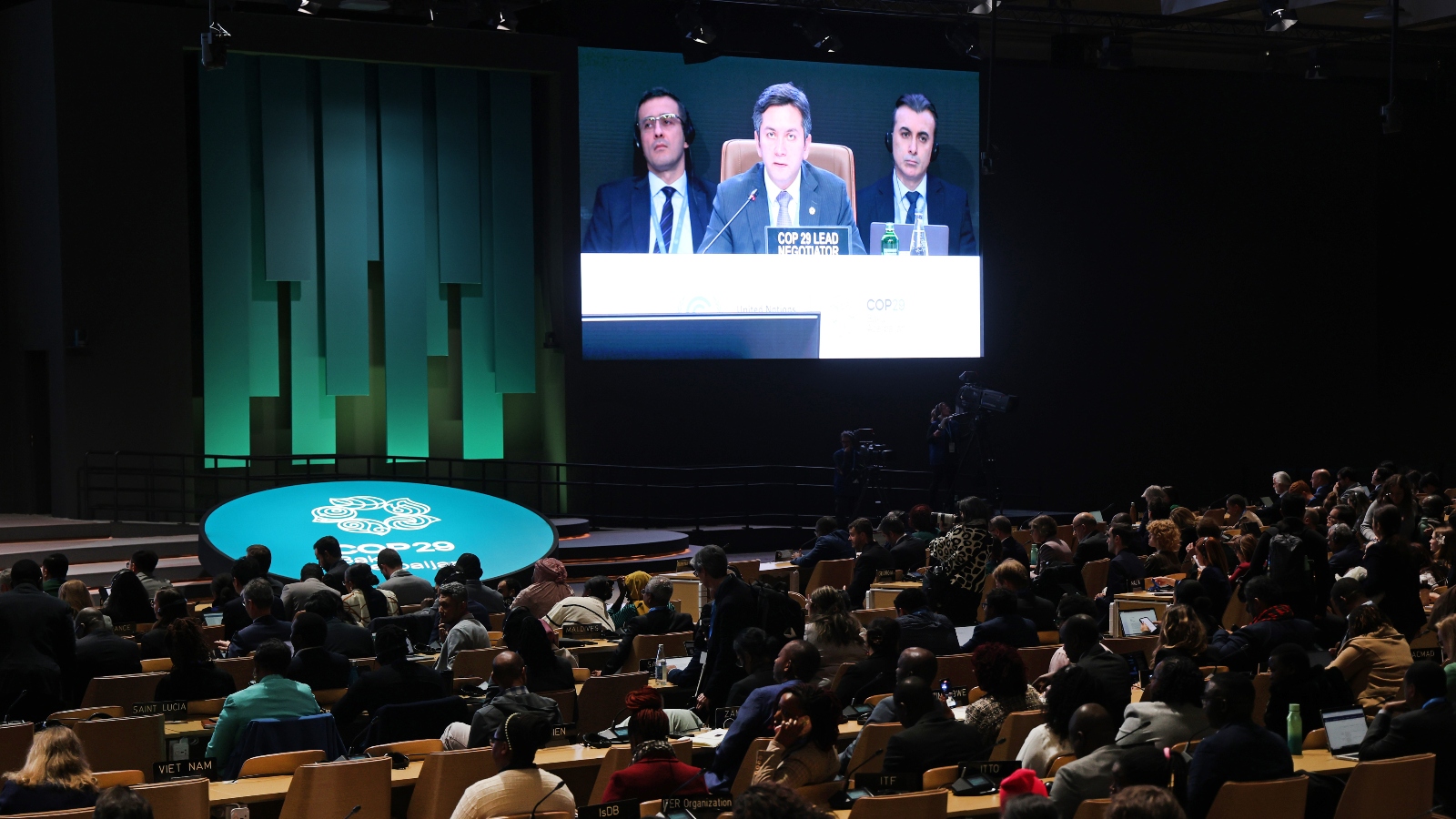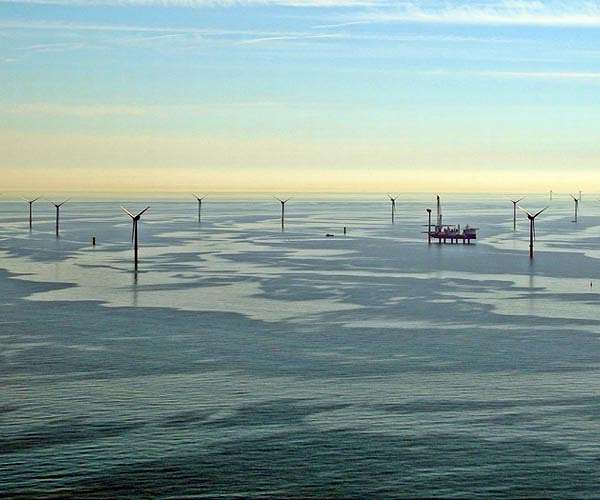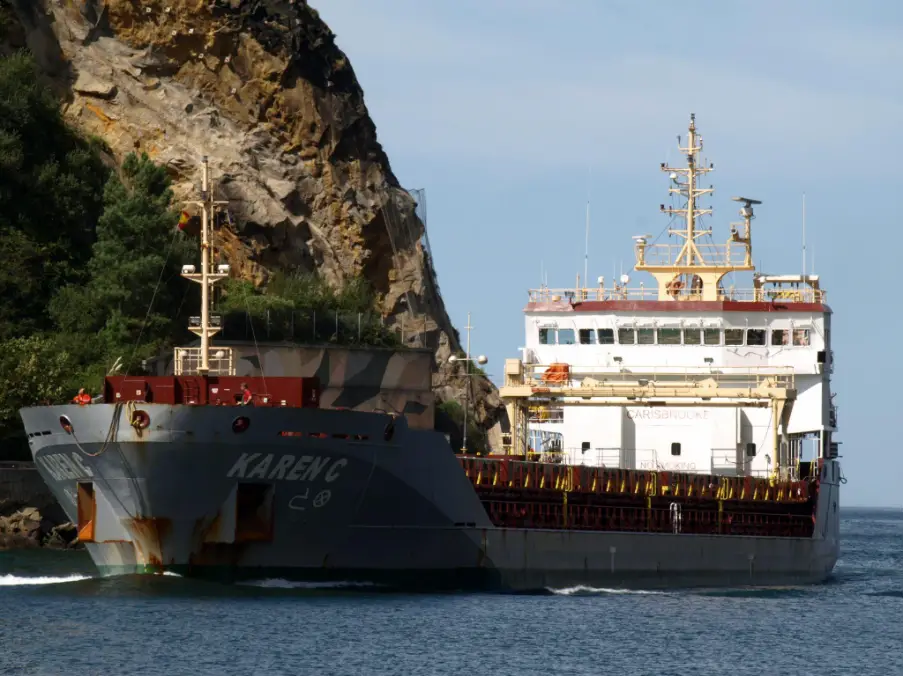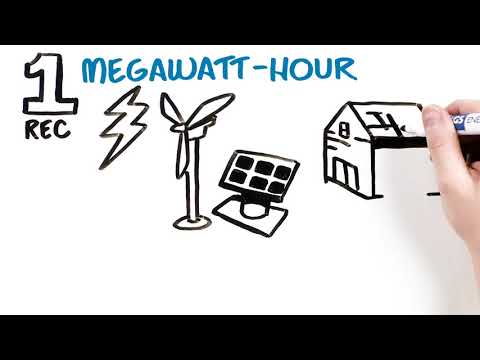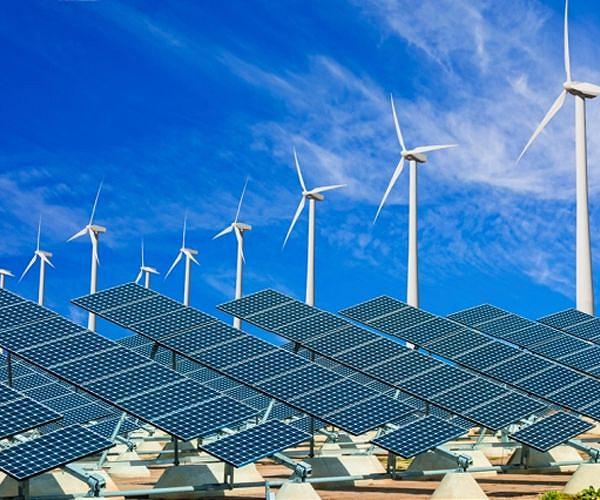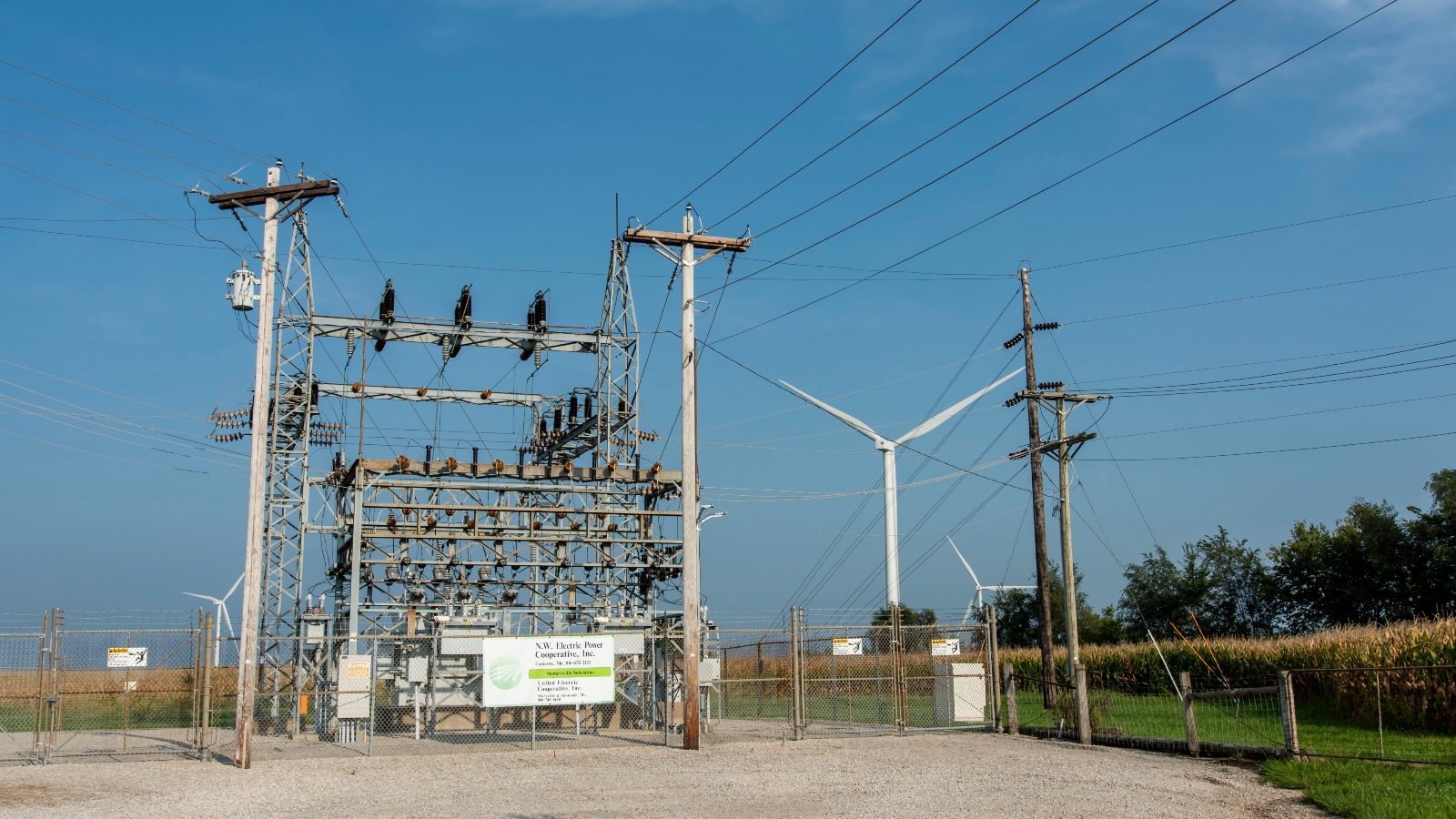
The two grid operators providing power to the Midwestern U.S. are proposing to build $1.7 billion worth of new transmission lines to bridge the ?“seam” between their networks. The move could unlock huge amounts of clean power and potentially serve as a template that other parts of the country can follow to build more of the power lines the U.S. needs to meet its clean energy goals.
Last week, the Midcontinent Independent System Operator (MISO) and Southwest Power Pool (SPP) filed plans with the Federal Energy Regulatory Commission (FERC) seeking permission to undertake what SPP’s filing describes as ?“an unprecedented, innovative, and proactive collaboration” between the two grid operators.
The so-called Joint Targeted Interconnection Queue (JTIQ) process has been in the works since 2020, when MISO and SPP pledged to team up to identify transmission projects that could bring value to customers along the border separating the two grid operators’ territories.
That border stretches from Canada to Louisiana and passes through the Great Plains, the most productive part of the country for generating wind power, as well as the target for an increasing number of solar farms.
But many of those projects are languishing in the lengthy interconnection process. The five new joint transmission projects proposed as part of JTIQ, which would connect the two grid systems across the part of their border highlighted in yellow on the map below, could help ease interconnection for 28 to 53 gigawatts’ worth of projects planned in the region, according to a joint presentation from the two grid operators.
This gap in cross-border transmission capacity is a well-known problem. And multiple studies conducted by grid operators, government agencies, universities, and independent analysts have shown that the cost of building new power lines to close that gap would be more than paid for by their long-term value to the grid: namely their ability to cut congestion and enable more cheap, clean energy to come online.
Yet despite their clear benefits, interregional transmission projects have struggled to get off the ground in recent years. MISO, SPP, and the Electricity Reliability Council of Texas, that state’s grid operator, undertook a series of collaborative grid expansion projects in the 2000s and early 2010s. But since then, large-scale grid expansion has slowed dramatically. The gaps have been filled by smaller-scale upgrades and expansions within utility service territories — a simpler but far costlier way of building the grid, and one that benefits individual utilities more than it does ratepayers or the overall power system.
Getting over the ?“triple hurdle” of interregional transmission planning
Things get complicated quickly for proposed transmission lines that span multiple grid operators. That’s because those projects have to navigate what energy analysts call the ?“triple hurdle” of interregional grid planning.
The first two hurdles involve clearing the complex negotiations between grid planners, transmission-owning utilities, state regulators, and other stakeholders about costs and benefits within each separate grid operator. The third hurdle is undertaking an even more arduous negotiation for coordinated transmission planning and cost-sharing between those two grid operators.
MISO and SPP’s new JTIQ tariff structure represents a significant breakthrough in merging those separate processes into a unified approach, said Theodore Paradise, an energy, infrastructure, and resources partner at law firm K&L Gates.
The two grid operators ?“began to identify coordinated transmission efforts that could interconnect more generation and do it in a more cost-effective way than efforts by either of the two grid operators acting alone,” he wrote in an email to Canary Media.
That’s not to say that the structure MISO and SPP have created is ideal, said Rob Gramlich, president of consultancy Grid Strategies. He noted that the five transmission projects proposed in this first round are undersized compared with what’s not only possible but also necessary to get more cheap, clean energy built.
This first round of projects also isn’t yet taking on the challenge of asking the utilities within each grid operator to pay a share of the cost of the grid projects proposed, Gramlich said in an email to Canary Media. Instead, as the SPP filing to FERC notes, energy project developers ?“will have cost responsibility for JTIQ Upgrades in the SPP and/?or MISO footprints.”
“A lot of generators are concerned that loads in both areas benefit from this transmission, yet they are not sharing in the costs,” Gramlich said. ?“That is not a model for future interregional planning efforts.”
Priming the pump for interregional transmission planning
In fact, it’s likely that plans for this first round of projects wouldn’t have been able to move forward if not for the contribution of hundreds of millions of dollars from the federal government, Gramlich said, which reduced the share of costs that project developers need to take on.
In October 2023, DOE issued $3.5 billion in grid grants to projects across the country. One of the largest single grants was for $464 million to the Minnesota Department of Commerce to help boost the JTIQ work, backed by the promise of $1.3 billion in cost-sharing contributions from participants.
“The DOE money has been critical to get to this point,” Gramlich said. ?“More DOE actions like this in more areas can help stimulate the type of large interregional transmission we need.”
Studies from the U.S. Department of Energy, the Massachusetts Institute of Technology, and Princeton University have shown the benefits of building more transmission lines connecting distant regions of the country. These include easing congestion costs created by bottlenecks that block cheaper wind and solar power from coming online and reducing the risk of blackouts by sharing power between regions that tend to experience different weather.
Long-range transmission is also key to solving the climate crisis by expanding the capacity to build more clean power. Across the country, wait times for projects that would add thousands of gigawatts to the grid now stretch an average of three and a half years or longer, according to data from the U.S. Department of Energy’s Lawrence Berkeley National Laboratory.
According to MISO and SPP’s joint presentation, developers are seeking to interconnect about 350 gigawatts’ worth of energy to MISO’s grid, and 84 gigawatts to SPP’s — almost all of these proposed power plants are wind, solar, and battery installations. But LBNL data indicates that far more projects in MISO’s and SPP’s queues have been withdrawn than have been successfully interconnected over the past several years.
Even if interconnection projects are approved, they must often pay millions of dollars in grid upgrade costs in order to enable their power to flow across overburdened U.S. transmission grids.
FERC this year issued a regional transmission order that requires grid operators and utilities to explore long-range grid planning with these benefits in mind. Regional transmission buildouts, such as MISO’s multibillion-dollar long-range transmission plan, are now starting to happen after a decade of little action.
But JITQ is outpacing FERC on interregional transmission policy to date, K&L Gates’ Paradise noted. In fact, ?“the practical solution exploration moved forward in a space where the rules that allowed for it were yet to be approved,” he wrote.
Other grid operators are starting to explore interregional planning. Earlier this year, MISO and PJM, the grid operator managing planning and energy markets for a region that includes 13 states from Illinois to Virginia as well as Washington D.C., launched a process meant to ?“engage in joint transmission analysis and coordinated modeling” for their joint needs.
Much work remains to be done before MISO and SPP’s JTIQ plans can bear fruit. First, FERC must review and approve the proposed changes to the two grid operators’ tariffs — the industry term for the rules under which transmission grids and the energy markets they enable meet all federal regulations. If that happens by the November 2024 timeline that the two grid operators have asked for, it will be followed by years of work on siting, permitting, and actually building the five new lines.
But as a first-of-its-kind process, JTIQ could help lay the groundwork for more such interregional efforts in the years to come, said Gramlich of Grid Strategies. ?“At least planners in both areas agreed on models, methods, a configuration, and now a plan for cost allocation,” he said. ?“We need a lot more of that work at a lot more regional planning organizations.”

